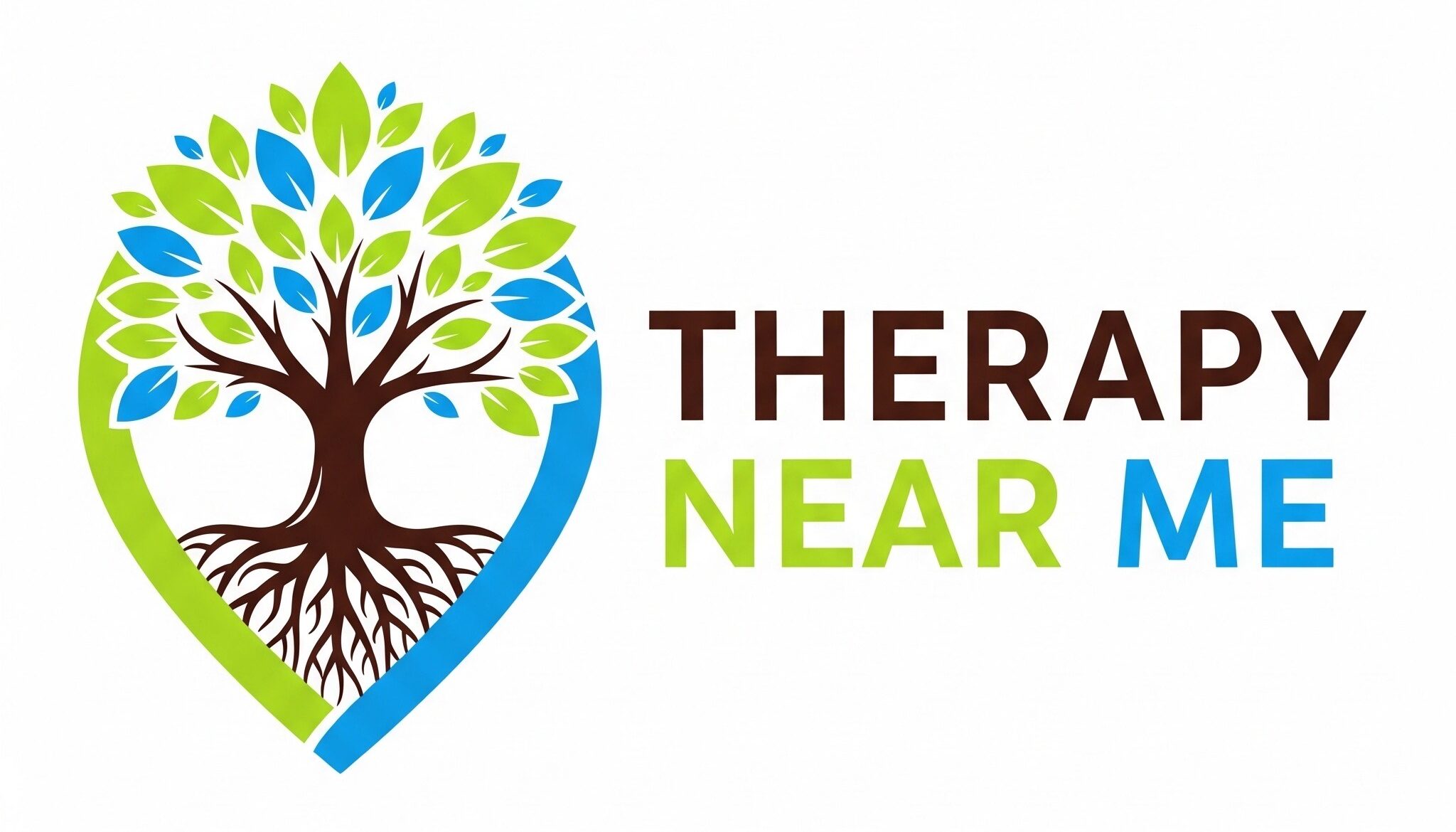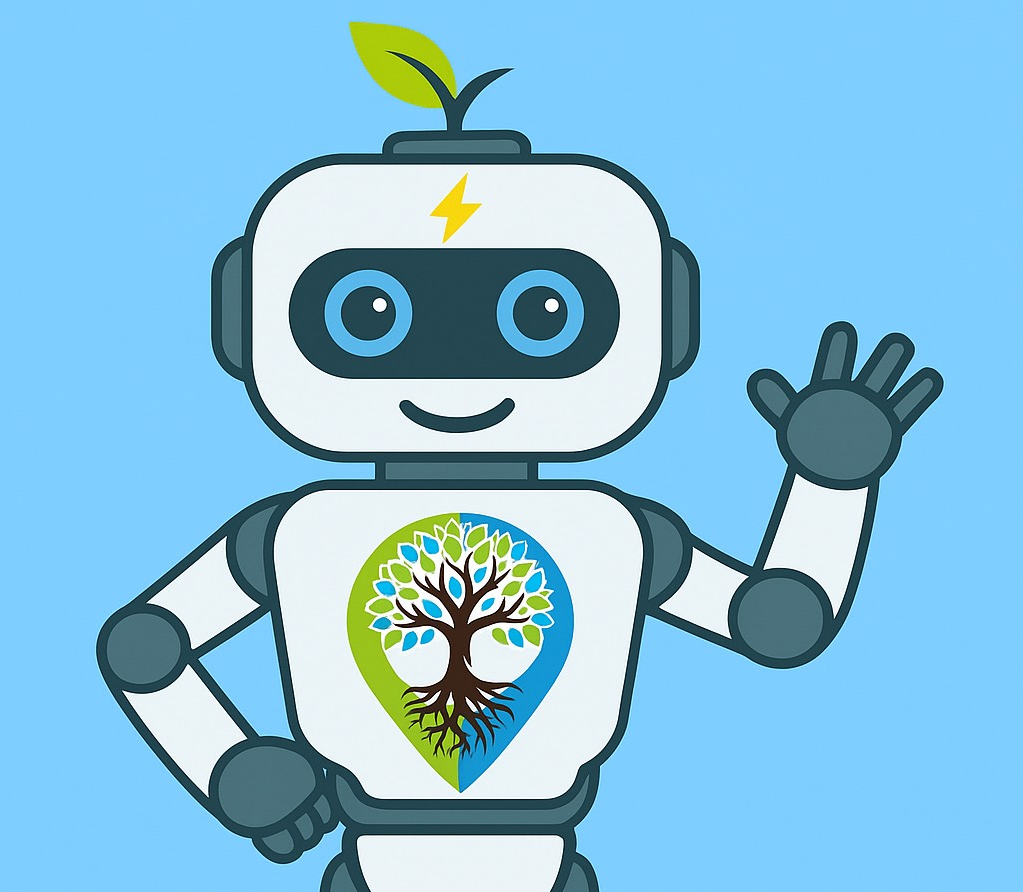Peer pressure is a pervasive social force that affects individuals across various stages of life, particularly during adolescence. It can significantly influence behavior through the power of social interaction. This article explores the nature of peer pressure, its psychological mechanisms, and its effects on behavior, drawing from a range of scientific sources.
Understanding Peer Pressure
Definition
Peer pressure is the influence exerted by a peer group, encouraging individuals to change their attitudes, values, or behaviors to conform to group norms. This influence can be both direct and indirect and can involve positive or negative changes depending on the group’s nature (Brown, 2004).
Types of Peer Pressure
- Explicit Peer Pressure: Involves direct requests or demands for an individual to engage in certain behaviors.
- Implicit Peer Pressure: More subtle, involving conforming to group norms and expectations without direct communication.
Psychological Mechanisms Behind Peer Pressure
The susceptibility to peer pressure can be explained through several psychological theories and principles:
Social Learning Theory
This theory suggests that people learn new behaviors by observing and imitating others, especially those they consider peers or role models. Peer pressure leverages this tendency by providing examples of behavior that individuals may emulate, particularly when such behaviors appear to be rewarded (Bandura, 1977).
Cognitive Dissonance Theory
According to this theory, individuals experience discomfort (dissonance) when their behaviors are inconsistent with their attitudes or self-image. Peer pressure can exacerbate this discomfort, pushing individuals to change their behaviors to align with peer norms and thus reduce dissonance (Festinger, 1957).
Identity Development
During adolescence, the development of a personal and social identity is crucial. Young people often experiment with various behaviors as part of this process, and peer influence can play a dominant role in shaping these behaviors as part of identity exploration (Erikson, 1968).
Effects of Peer Pressure
Positive Effects
Peer pressure is not inherently negative. In many cases, it can encourage behaviors that have positive outcomes, such as:
- Increased academic motivation
- Engagement in positive social activities like sports or clubs
- Adoption of healthy habits
Negative Effects
Conversely, peer pressure can lead to adverse outcomes, particularly if the group norms are harmful. Negative effects include:
- Substance abuse, such as smoking, alcohol use, and drug intake
- Risk-taking behaviors leading to physical harm or legal issues
- Development of mental health issues, including anxiety and depression, due to stress and conflict between personal values and group norms
Managing Peer Pressure
Understanding and managing peer pressure involves several strategies:
- Education: Teaching children and adolescents about the nature of peer influence and strategies for assertiveness can help them resist negative peer pressure.
- Communication: Open lines of communication between young people and caregivers can facilitate discussions about peer interactions and pressures.
- Positive Peer Networks: Encouraging involvement in groups that exert positive influences can enhance beneficial behaviors and reduce the likelihood of negative outcomes.
Therapeutic Approaches to Managing Peer Pressure
Cognitive Behavioral Therapy (CBT)
CBT is a widely used approach that helps individuals recognise and change negative thought patterns and behaviors. For managing peer pressure, CBT can:
- Challenge Cognitive Distortions: Help individuals identify and challenge the irrational beliefs that peer pressure often invokes, such as the need for approval or fear of rejection (Beck, 2011).
- Develop Assertiveness: Teach skills for assertiveness, enabling individuals to resist negative peer influence without alienating their peer group.
- Enhance Decision-Making: Empower individuals to make decisions based on their values and best interests rather than conforming to group norms.
Group Therapy
Group therapy provides a supportive environment where individuals can explore their experiences with peer pressure among peers facing similar challenges. This modality:
- Facilitates Peer Learning: Encourages sharing of personal stories and strategies for coping with peer pressure, fostering a collective learning experience.
- Reduces Isolation: Shows participants that they are not alone in their struggles, which can demystify and destigmatise their experiences (Yalom & Leszcz, 2005).
Family Therapy
Family therapy can be crucial, especially for adolescents dealing with peer pressure. This therapy:
- Improves Communication: Helps family members understand the dynamics of peer influence and supports open communication about pressures faced by adolescents.
- Strengthens Family Bonds: Reinforces the family as a source of support and guidance, countering negative influences from peers (Minuchin, 1974).
Mindfulness-Based Interventions
Mindfulness-based interventions teach individuals to be present in the moment and make conscious choices rather than acting on autopilot, often a consequence of peer pressure. These practices:
- Increase Self-Awareness: Help individuals recognise the feelings and pressures they are experiencing, which is the first step in addressing them.
- Promote Emotional Regulation: Enhance the ability to manage emotions effectively, reducing the likelihood of succumbing to negative peer influences (Kabat-Zinn, 1990).
Challenges and Considerations
While therapy can significantly aid in managing peer pressure, there are several challenges:
- Engagement: Particularly in adolescents, there can be resistance to therapy due to stigma or a lack of motivation.
- Accessibility: Access to qualified therapists and the cost of therapy can be prohibitive for some families.
- Individual Differences: The effectiveness of therapy can vary depending on individual personality traits and the specific dynamics of the peer group involved.
Conclusion
Peer pressure is a complex and multifaceted social phenomenon that plays a significant role in shaping individual behavior, particularly among adolescents. While it can be a source of positive change, it also has the potential to induce harmful behaviors if not understood and managed effectively. As such, it is crucial for educational programs to include components that teach youth how to handle peer pressure constructively.
References
- Bandura, A. (1977). Social Learning Theory. Englewood Cliffs, NJ: Prentice Hall.
- Brown, B. B. (2004). Adolescents’ relationships with peers. In R. Lerner & L. Steinberg (Eds.), Handbook of Adolescent Psychology. Hoboken, NJ: John Wiley & Sons.
- Erikson, E. H. (1968). Identity: Youth and Crisis. New York, NY: Norton.
- Festinger, L. (1957). A Theory of Cognitive Dissonance. Stanford, CA: Stanford University Press.
- Beck, J. S. (2011). Cognitive Behavior Therapy: Basics and Beyond (2nd ed.). New York, NY: The Guilford Press.
- Kabat-Zinn, J. (1990). Full Catastrophe Living: Using the Wisdom of Your Body and Mind to Face Stress, Pain, and Illness. New York, NY: Delacorte.
- Minuchin, S. (1974). Families and Family Therapy. Harvard University Press.
- Yalom, I. D., & Leszcz, M. (2005). The Theory and Practice of Group Psychotherapy (5th ed.). New York, NY: Basic Books.
How to get in touch
If you or your patient/NDIS clients need immediate mental healthcare assistance, feel free to get in contact with us on 1800 NEAR ME – admin@therapynearme.com.au.







